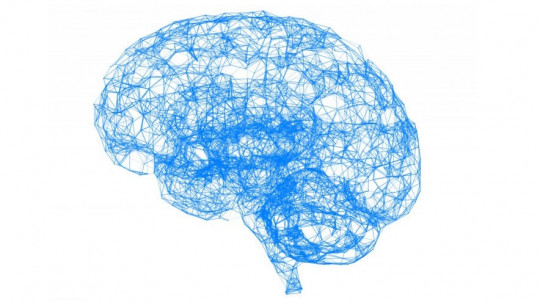John B. Carroll’s theory of the three layers of intelligence proposes that the factor structure of human cognitive abilities is composed of a general intellectual ability (the g factor), a set of 8 broad abilities, such as mental processing speed or memory, and a third stratum that would include more specific intellectual abilities. and dependent on one of the above.
In this article we will analyze Carroll’s model, which today is usually studied and applied in conjunction with the theory of fluid and crystallized intelligences proposed by Cattell and Horn. We will focus in particular on the analysis of each of the strata of intelligence that were described by this author.
John Carroll’s theory of intelligence
The American psychologist John Bissell Carroll (1916-2003) is known mainly for his contributions in the field of psychometrics around the measurement of phenomena such as intelligence, linguistic skills or academic performance. On the other hand, his theoretical approaches on cognition and language are also very relevant.
In particular, his theory of the three strata stands out, a model based on the results of hundreds of factor analyzes on numerical data samples that can serve as predictor variables of intelligence, such as IQ tests or scores obtained in academic assessment tests.
Carroll presented the results of his studies along with his theory of intelligence in the work titled “Human Cognitive Abilities: An Investigation of Factor-Analytic Studies,” which was published in 1993. In this book he emphasized the distinction between abilities related to individual differences and those derived from the quality of education.
Nowadays, Carroll’s three-strata theory It is considered complementary to the model of Raymond B. Cattell and John L. Horn (centered on the division between fluid and crystallized intelligence), which Carroll himself had defended before creating his. The assimilation of both perspectives into one can be attributed to Kevin McGrew (2012).
The three strata of cognitive aptitude
Carroll’s theoretical proposal can be included in the category of hierarchical models of intelligence, since it describes three strata that range from the most specific samples of cognitive aptitude to its general aspect, which is specified in the construct “g factor.” These skills would have a stable character, according to the author.
Carroll stated that These abilities can probably be attributed to physiological variables In this sense, it is worth mentioning that authors such as Philip Vernon (who developed his own theory on the structure of intelligence) and Hans Eysenck have related cognitive abilities to the efficiency and quality of neuronal transmission.
1. First layer: primary mental abilities
According to Carroll, the lower stratum of the intelligence structure is made up of primary mental abilities, which include a large number of cognitive abilities: quantitative reasoning, spelling, visualization aptitude for foreign languages, discrimination of speech sounds, fluency of ideas, reaction time, etc.
The results of the factor analyzes carried out by Carroll and other later authors reveal that each of these skills, which have a high degree of specificity, weight in one of the complex factors of the second stratum depending on the characteristics of the stimulating material and the overall ability on which they depend.
2. Second layer: complex factors
At this level we find a set of broad cognitive abilities. Originally Carroll proposed the presence of 10 factors in the second stratum, although later research reduced the number to 8:
Each of these factors encompasses various lower order factors corresponding to the first stratum. For example, crystallized intelligence includes reading comprehension, spelling, and foreign language skills, while broad recall is derived from tests of creativity and fluency with different types of material.
3. Third stratum: general intelligence or g factor
The third layer of the structure defined by Carroll It is made up of the general intelligence factor, a construct known as “g factor” and which is used by a large number of psychologists. This higher order aptitude would influence all the aptitudes included in the second stratum, and therefore also those of the third stratum indirectly.









